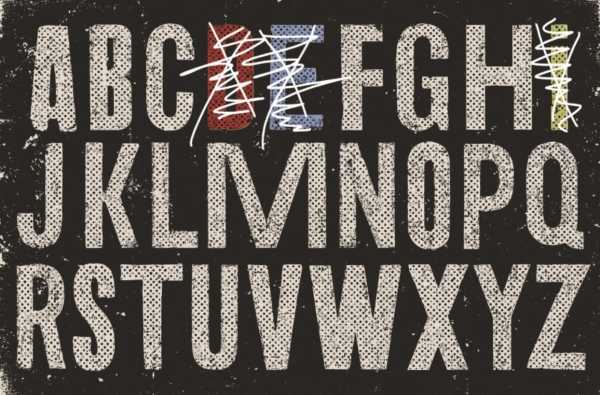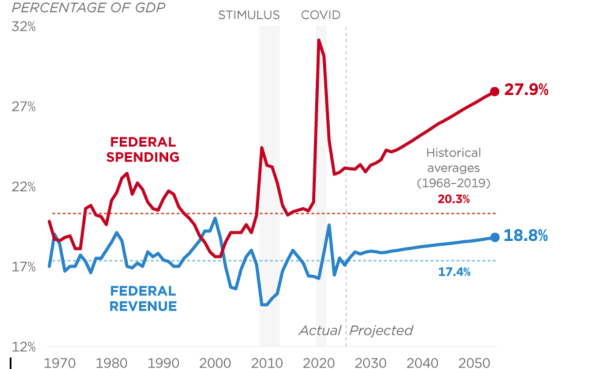Upper School celebrates pride month
Throughout the beginning of October, rainbow signs with the phrase, “Everyone is awesome” appeared around campus. With these affirming statements, Westminster began its annual celebration and support of pride and the LGBTQIA+ community.
“Pride month is time set aside to affirm and give space to underrepresented voices and to provide an environment where students are able to thrive in their academic and personal journeys,” said Spectrum faculty advisor Pamela Nye.
To promote affirmation and build a more inclusive environment for all students, Spectrum, a club that aims to promote tolerance and acceptance around Westminster, strives to connect with other groups to enhance the community.
“Spectrum and other ally groups are focused on activism during time by creating a bridge and figuring out how to be an ally,” said Spectrum co-president Bo Koebler. “Having a bunch of colors on a flag is great, but it does not mean anything if no one knows what they represent.” Pride month spans throughout the month of October, and Westminster celebrates pride week from Oct. 4 to Oct. 8. Ally and affinity groups such as Spectrum and UNITED prepared informational “swag” tables and signage for an educational and awareness initiative across campus.
“Visibility is one of the most important parts of activism,” said Koebler. “When people can see themselves represented in media or being outwardly accepted by their friends generally, it makes them feel more comfortable with the person that they are.”
With visibility in mind, pins, stickers, and temporary tattoos along with an advisement video and scavenger hunt provided ways for students and faculty to participate in pride week. The reception was positive throughout.
“I thought the video we watched in advisement was very interesting and informative,” said junior Kyra Dube. “I learned a lot about the history of pride.”
Pride week also serves as an educational tool about the history of pride and LGBTQIA+ to clarify the depth of these topics. In doing so, more can become aware of the significance of topics of gender and sexuality.
“We do this as an education agency,” said Stewart. “We’re here to answer questions about why we do this, what is the purpose of all this, what do all these colors mean, or what do all the letters mean.”
Students and faculty decorated the campus with color banners, flags, and signs, and worked together to set up and man tables by Malone and Hawkins for the community to learn more about LGBTQIA+ and gear up in allyship. The distribution of pride accessories hopes to stimulate conversation about gender and sexual identity along with any confusion among the student body.
“We like to invite anyone who is wondering from an informational perspective, or if they have been feeling in terms of their own sexuality or gender identity, that they want to explore and learn more about, we’re here for them,” said UNITED faculty leader Scott Stewart.
Not only does UNITED hope to open doors for students to explore their sexuality, Spectrum also works to further that exploration through increased visibility in the community.
“It is important for students who are not exposed to queerness in their home lives to be able to see it at school, whether through faculty representation or representation among peers,” said Spectrum co-president Lila Haden.
The Spectrum and UNITED leadership hope that introducing these conversations around school and seeing representation of all identities during pride week establishes a more accepting and supportive environment for students. The conversation directs its attention to providing an opportunity for students of all identities to see Westminster as somewhere to feel comfortable learning and growing.
“You learn better if you can be in a space where you can just be yourself,” said Nye. “I really want to make this environment welcoming to everyone so everyone can feel like they can bring their whole selves to the community.”
Many of the faculty actively engaged in pride week’s activities and dialogue as they recalled the conversation and context surrounding LGBTQIA+ inclusivity. Difficult stories of acceptance and equity, whether from friends or family members, greatly contrast the general positivity that pride week garners today. With the support of faculty and staff, ally organizations hope to provide an environment for students that previous generations did not have.
“For me, and many teachers, we remember how difficult it was in our cultures, schools, and communities, 30 years ago, to come out and to feel safe and included and loved.” said Stewart. “All of us are committed to communicating that we don’t want that situation to repeat itself. From an adult perspective, we want to help everyone know that this is a journey we’re all on together.”
While much of the reception on and off campus from students, parents, and faculty has been positive and supportive so far, the conversation does not end here.
“This is an ongoing discussion, but it’s really important that it doesn’t just happen during pride week,” said Koebler. “Pride week is a great opportunity to bolster discussion, but it needs to be happening all the time”




